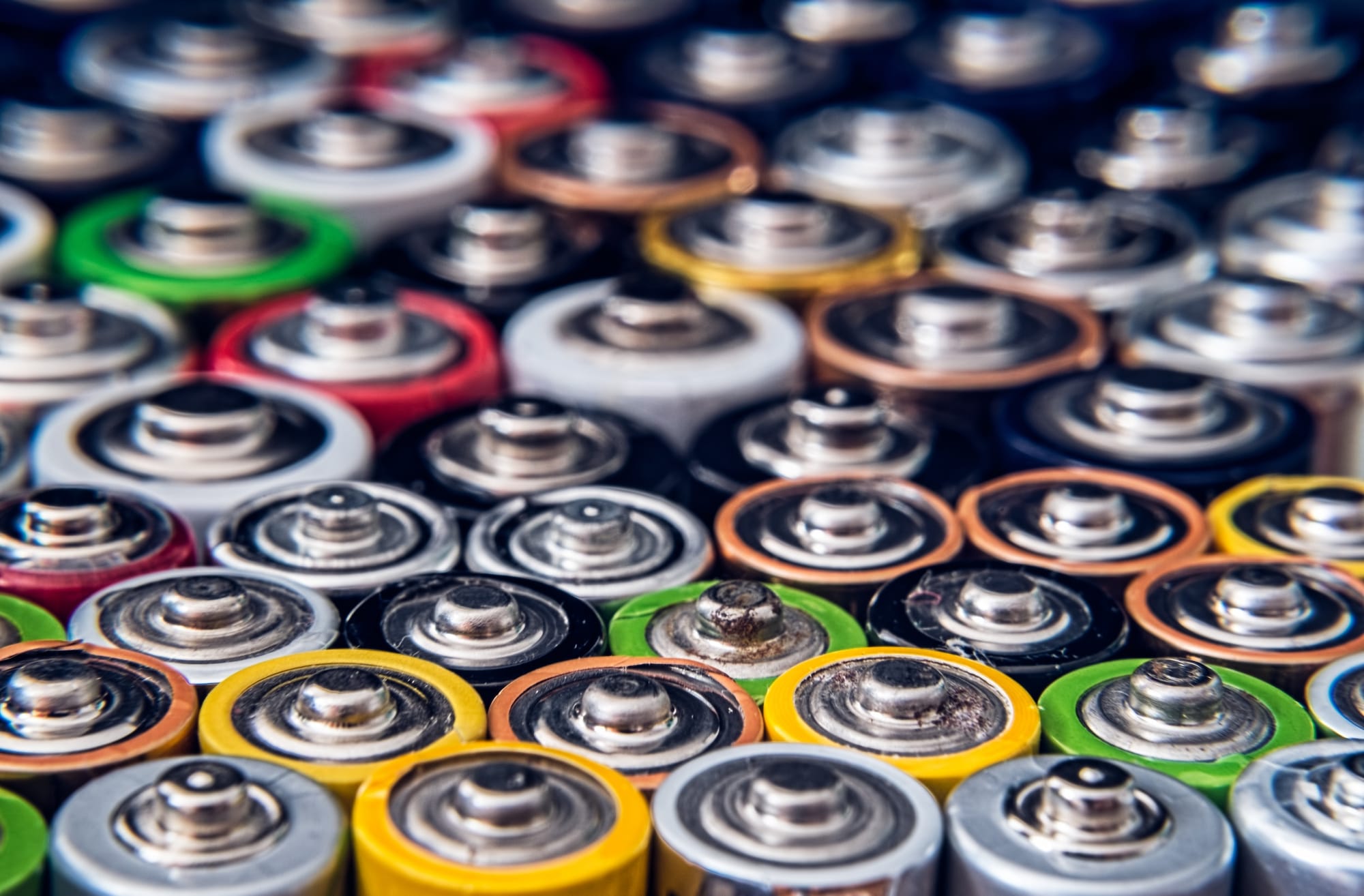LTO vs. LiFePO4 Chemistry

LTO vs. LiFePO4 Battery Chemistry:
Introduction:
LTO (Lithium titanate battery Li4Ti5O12) is a newer generation lithium-ion battery that used the LTO as cathode material instead of graphite, the anode can be LiCoO2, LiMn2O4, LiFePO4 and NiCoMn. as a new type of rechargeable lithium battery.
LiFePO4 (Lithium Iron Phosphate battery LiFePO4) is also a lithium-ion battery, similar than those battery chemistries used in mobile devices.
Key Aspects of LTO
LTO Cycle Life: 20000 (claimed)
LTO Cell Voltage: 2,3V LTO Cell Ah: 40Ah (general range 35-45Ah)
LTO Cell build format: Cylindrical 66160H (other formats available)
LTO Charge and Discharge Rate: Fast < 1 hour
LTO Applications Recommended: Advantage where fast discharge and charging is required (Start-up Current Draw for Large Motors, not ideal for house Powerwall application.
Key Aspects of LiFePO4
LiFePO4 Cycle Life: 4000 (claimed)
LiFePO4 Cell Voltage: 3,2V
LiFePO4 Cell Ah: 280Ah (general range 50-310Ah)
LiFePO4 Cell build format: Prismatic (other formats available)
LiFePO4 Charge and Discharge Rate: Medium > 4 hours
LiFePO4 Applications Recommended: Applications where day cycle discharge and charging are required, it is ideal for house Powerwall application.
Since battery technology is changing rapidly, we should expect to start seeing alternative battery technologies like graphene becoming mainstream used in 5 to 10 years, but first used in markets where Weight/Wh is critical for example aircraft and personal transport vehicles. Thus, expect to see Li-ion battery chemistry batteries to be used extensively in the next 10+ years. This is why Joules Solar has designed its Battery Solutions around the LiFePO4 chemistry and designed it such that is easily upgradable and expandable for its clients.